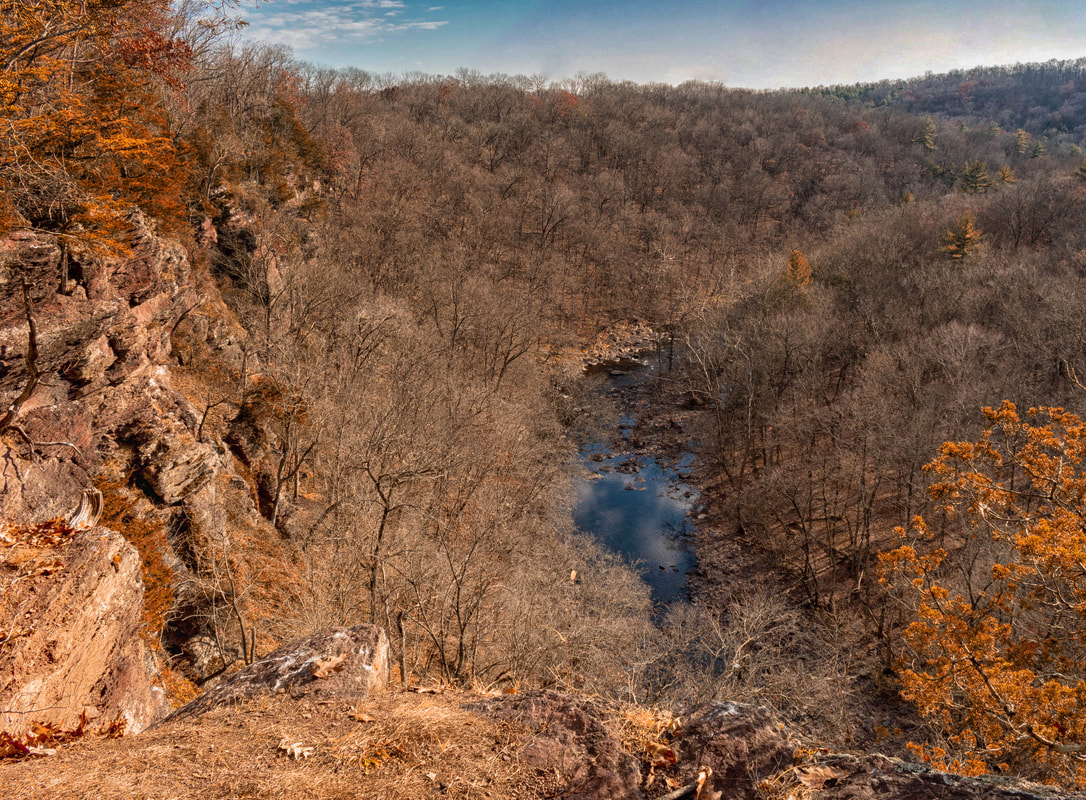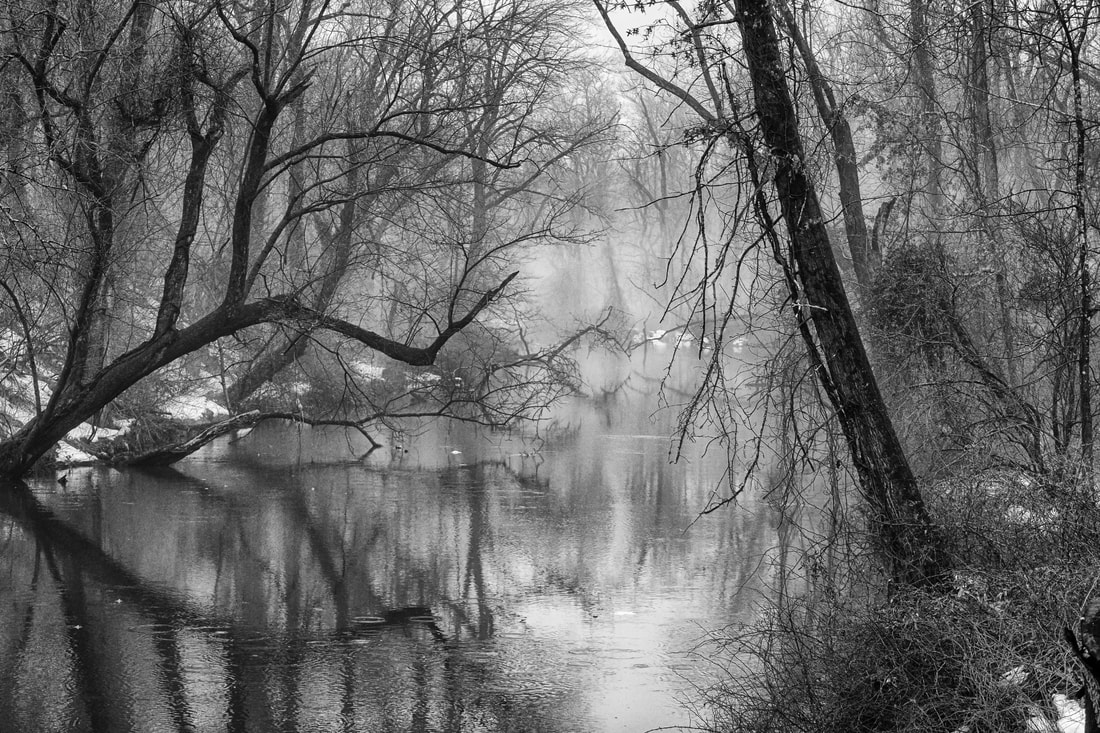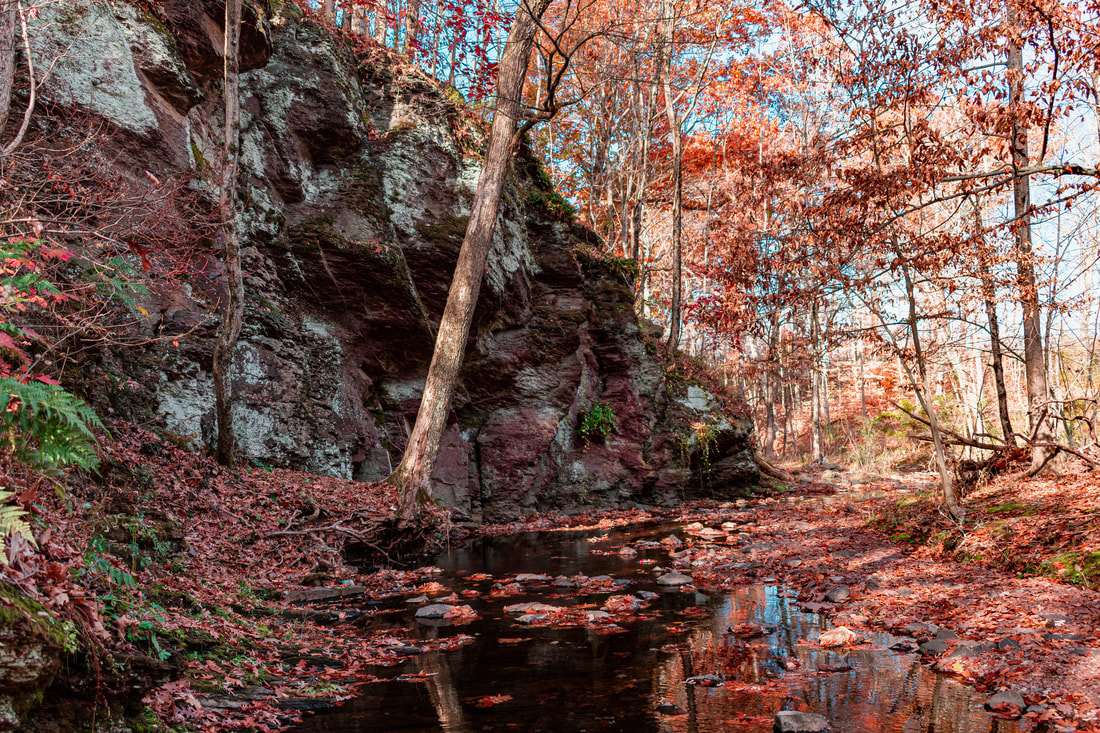1. Actually Photographing a Landscape
Consider what it is you are photographing. Today, landscape encompasses not just conventional ideas of rolling hills and blue skies at the one extreme but also environmental damage at the other end. In between, landscape covers the images of great mountains, nature at its most dangerous, individual trees, rural village scenes, and more.
Decide exactly what you want to photograph and why. To make an effective landscape photograph, without being too preachy about it, you should give some thought as to what you want to capture.
2. Appreciating the Weather
The sun is not always your friend, and overcast, foggy weather can sometimes give you atmospheric and evocative images. Don’t view bad weather as a problem; view it as another means of presenting landscape. In particular, rain or fog can present a familiar scene in new and often alien ways.
Make lemonade out of lemons. If you can’t photograph the bright blue sky and clouds reflected in the water because of bad weather, look around and experiment to see how you can make that weather work for you.
3. Don’t overdo the color
The general rule is to try to take the best picture you can with the camera. Working with software like Photoshop can do quite a bit, but it cannot repair certain fundamental problems. Something blurred really cannot be made sharp, for example, or at least it cannot be as sharp as it would be if the picture was a better one to start with. What post-processing can do is help with vibrancy, saturation and contrast. It can also help bridge the gap between highlights and shadows. One of the biggest problems is the overuse of these filters, and that might cause the image to look artificial. We see this overdone with high dynamic range (HDR) processing where the image does show details in the highlights and shadows, but looks more like a greeting card than a landscape photograph. If it is overdone, you just might ruin your image.
I worked with the various filters, trying to accentuate the color. In real life, the color was bright and amazing. In the image, I may have overdone it. I tried to bring the more muted colors alive with brightness, vibrancy, and saturation. Sometimes when I look at it I think I got it just right. Most of the time I think I overdid it and made it artificial. A version of this with at least the red/orange and the blue reflection in the water desaturated would probably be more realistic and effective. I have left it as is to demonstrate the problem of overdoing the color.
There are a lot of books out there telling you a lot of things about how to take the perfect landscape picture. Obviously, composition remains key, and you want to look for special moments of weather, cloud cover, and so forth. But it remains critical to focus first on what is the landscape you want to photograph, taking advantage of the scene in all kinds of weather, and finally, being careful not to undo what you have created by using excess editing.


